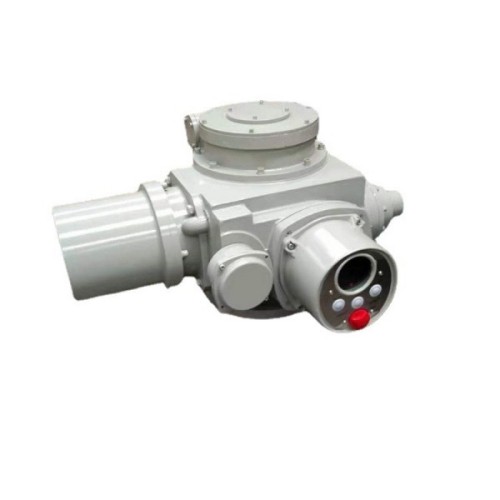check valve 3d
Understanding Check Valves The Essential Component for Fluid Control
In various engineering applications, check valves serve a crucial function in regulating the flow of fluids, ensuring that they move in a single direction. This device, characterized by its simple yet efficient design, is vital in preventing backflow, which could otherwise lead to significant system failures and operational hazards. As we explore the concept of check valves, particularly in a 3D context, it’s essential to understand their structure, applications, and why they remain a staple in fluid dynamics.
What is a Check Valve?
A check valve, often referred to as a non-return valve, is a mechanical device designed to allow fluid to flow through it in one direction, while preventing flow in the opposite direction. The most common designs include swing check valves, lift check valves, and ball check valves, each tailored for specific applications. The operation of these valves relies on the fluid pressure. When the pressure on the inlet side exceeds the pressure on the outlet side, the valve opens, allowing fluid to pass through. Conversely, if the pressure on the outlet side increases, the valve closes, effectively blocking any potential backflow.
3D Modeling of Check Valves
The integration of 3D modeling technology in the design and analysis of check valves has revolutionized the engineering field. Utilizing 3D modeling software allows engineers to create detailed representations of check valves, enabling them to visualize how these components will function within larger systems. This technology assists in optimizing the design for efficiency, durability, and compatibility with various materials and fluid types.
check valve 3d

3D simulations allow for testing under different conditions without the need for physical prototypes. This means potential issues, such as improper sealing or flow restrictions, can be identified and rectified early in the design process. Moreover, 3D models can be shared across teams, facilitating collaboration and enhancing communication between design engineers, manufacturers, and end-users.
Applications of Check Valves
The applications of check valves are extensive and span numerous industries. In water supply systems, they prevent contaminated water from flowing back into clean water supplies. In the oil and gas industry, check valves are essential for protecting pipelines from backpressure, thereby ensuring secure transport of viscous materials. They are also widely used in wastewater treatment, heating systems, and various industrial processes where controlling the direction of fluid flow is critical.
Check valves can be found in household plumbing systems as well, ensuring that water flows to faucets and showers without risk of backflow. Their simplicity and reliability make them indispensable in maintaining the integrity and safety of fluid systems across multiple contexts.
Conclusion
Check valves may seem like simple components, but their role in fluid systems is profound. From safeguarding against backflow to enhancing system efficiency, these devices ensure safe fluid management across various industries. The advancement of 3D modeling technology has further underscored their significance, enabling engineers to design, test, and implement these valves with greater precision than ever before. As industries continue to evolve and expand, the demand for efficient, reliable components like check valves will undoubtedly persist, solidifying their place as essential tools in the field of fluid dynamics.
-
The Key to Fluid Control: Exploring the Advantages of Ball Valves in Industrial SystemsNewsJul.09,2025
-
The Versatile World of 1, 2, and 3 Piece Ball ValvesNewsJul.09,2025
-
Stainless Steel Ball Valves: The Ideal Choice for Efficient Flow ControlNewsJul.09,2025
-
Optimizing Fluid Control with Ball Float ValvesNewsJul.09,2025
-
Manual Gate Valves: Essential for Control and EfficiencyNewsJul.09,2025
-
Everything You Need to Know About Butterfly ValvesNewsJul.09,2025
-
The Versatility of Wafer Type Butterfly ValvesNewsJul.08,2025




